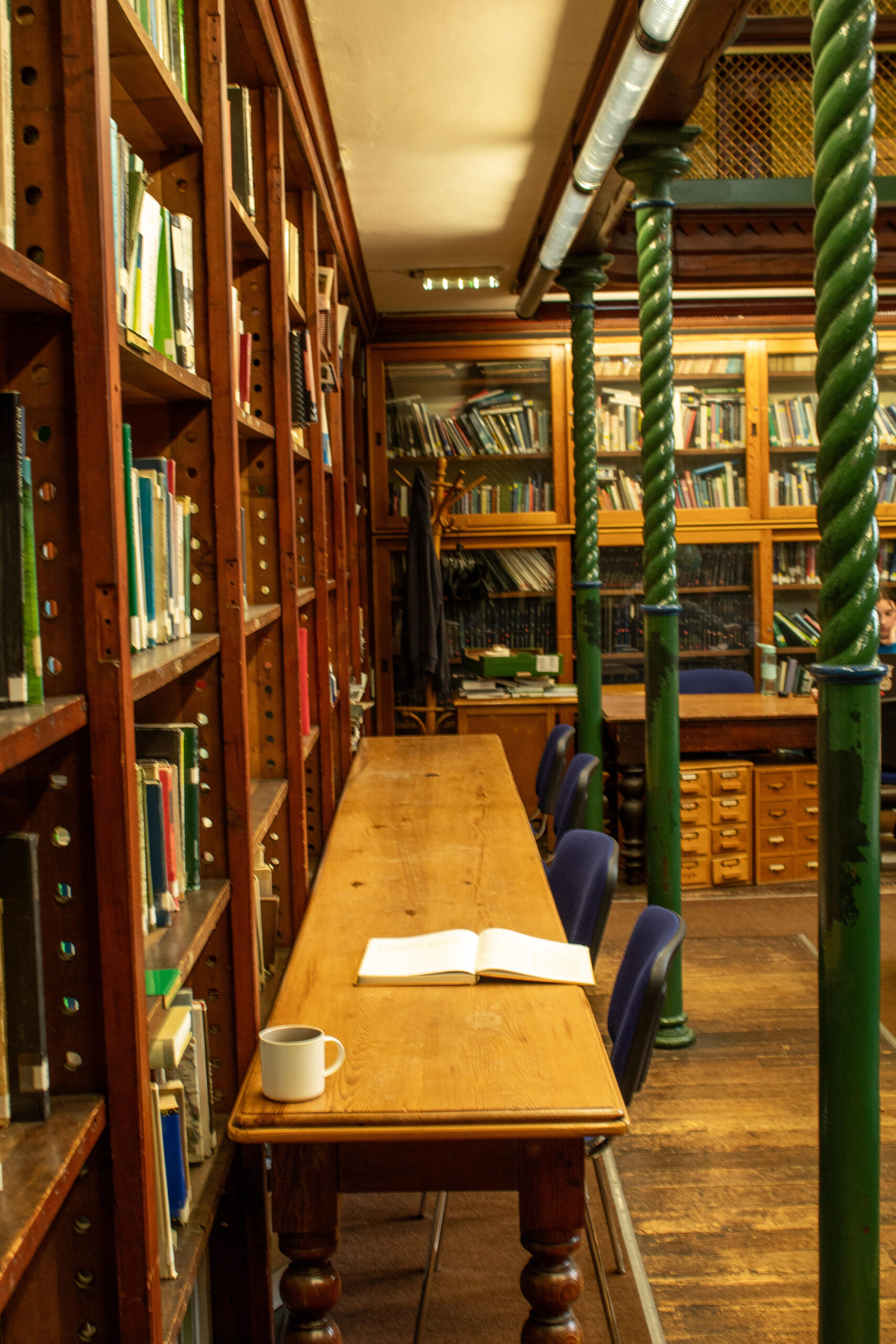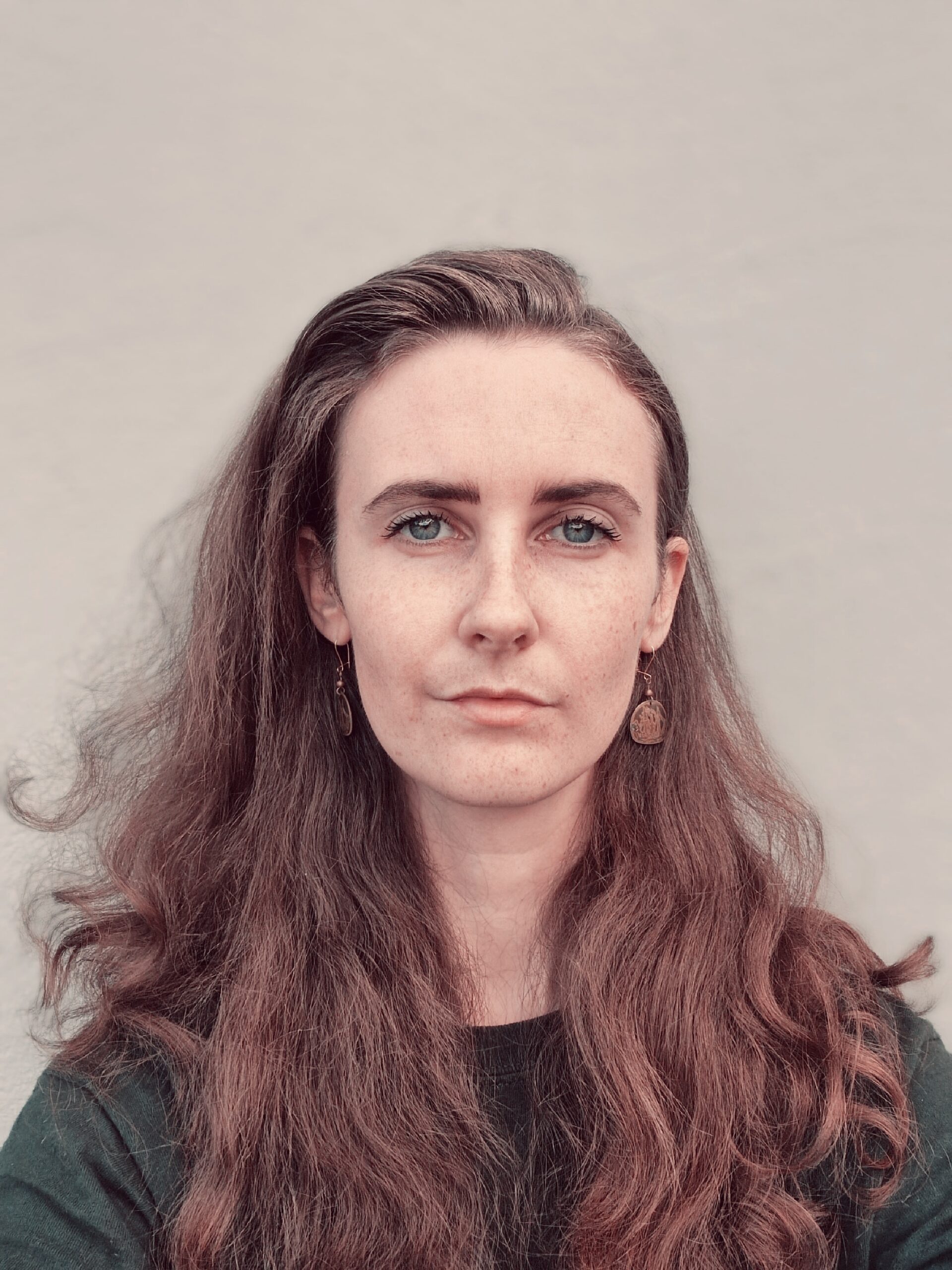Rebecca O’Keeffe
Staff Writer
Having wanted to volunteer overseas for a very long time I finally got the opportunity this summer. I wanted to work with children but the question was, where to? With vague and limited knowledge of the continent, and horror stories of drugs, crime and human trafficking, South America was certainly not the obvious choice. After sifting through various options, I finally found the perfect programme working with underprivileged and impoverished children in a nursery in Cusco, Peru and thus began the arduous process of fundraising. However, fundraising was the least of my worries, or rather, my parents’ worries. I was undertaking the venture alone and they were left fearing the only way I’d return was in a body bag.
Off I went to Perú not knowing what to expect. The place I was headed to, Cusco, is 3,400m up in the Andes and is an ancient Incan city and yet it is a tourist hotspot so it is very much modernised. The central square in the city is encased by beautiful cathedrals and buildings with mountains forming the backdrop but once you head outside the plaza you are faced with shacks and makeshift housing that would not be far off shanty towns. Houses are erected anywhere and everywhere and since the city is in a valley, the houses even jut out of the side of mountain faces. I was staying in a volunteer house which was like an apartment block three stories high with about seven people on each floor. It was brilliant though because it was packed all the time. My host ‘mammy’, Patricia, was an absolute gem as well and made some of the best Peruvian dishes, although I had to pass when I saw the full poached egg in my soup.
The particular nursery I was in required me to take the public bus and my god was that an experience every single day. These buses, some no bigger than a minivan, play a game of how many people can you squash in – at every single stop. Face-planting the window for 40 minutes is so much fun especially when these women climb on with farm produce and livestock on their backs. There is a person standing at the door shouting out the stops at the top of their voices for the entire journey and you have to scream at them when it’s your stop then make your way out and give your fare to them. Having said that, the fare is the equivalent of about 10 cent no matter how far you go and also they always give change if you don’t give the right amount, something Dublin Bus could learn from. Needless to say, I did have two bus crashes in my time there.
The nursery itself was down the bottom of a mud hill with a door made out of a sheet metal. When you go in there is a little table and benches where they eat and further on is the play area which is just an open concrete space. There is a kitchen area but the ground is mud and stones, there are no lights, flies infest it and there is a tiny little cooker that works sporadically. There is also an indoor play area that is probably smaller than most people’s bedrooms and it has to fit ten to twelve little kids. There is a toilet built a few years ago by other volunteers but sadly it sits idle and wasted because they have no running water. Instead they have a big water tank but it is not sanitary since it is sitting still all day every day. Despite this, they are the happiest little bunch of kids you will ever meet. There were twelve boys and girls to look after aged between two and four so I had my work cut out for me. I had to wash, feed, clean, play and teach the kids but luckily I had some other volunteers with me for two weeks. My last two weeks though I was on my own and the woman in charge started disappearing during the day knowing I was there which got hectic at times to say the least. Being there for four weeks though meant the kids knew me and every day I came in there was huge smiles and waves and they would all rush over to show off the toy they were playing with. Even though four weeks is not long in the grand scheme of things and they will be in the same situation as I left them, it’s the little differences that matter. Like making them laugh, giving them affection, teaching them to put on their shoes and socks, teaching them to eat with cutlery, how to wash their hands and even teaching them the alphabet are things that they will always have now. And my fondest memory I will take away from the whole trip is when one of the little boys who used to ignore me, ran up, gave me a hug and planted a huge big kiss on my cheek.
Another bonus was my weekends off because it allowed me to see Perú, and Cusco was an ideal base for this. I got to visit the Sacred Valley ruins and I also got to witness the famous Inti Raymi festival whereby the locals perform Incan rituals and re-enact an Incan warrior scene at Incan ruins and everyone flocks to see it. Another weekend I went to the Amazon which was one of the best weekends of my life, swimming in a lake infested with piranha, eels, stingray and caiman, eating termites, spotting tarantulas, catching caiman, and despite getting chased by a monkey who bit a guide’s finger so it was hanging on by a sinew and, oh yeah, getting trapped in some dark place in the jungle by the guide with him shouting at me ‘Why you no like the sex?’ when I fervently rejected his advances.
When my four weeks were up I had another four to travel across South America. Not many people realise Argentina is the eight largest country in the world and Brazil is bigger than North America (excluding Alaska) so it was always going to be jam-packed having underestimated the size of it, especially since my route was taking me from Perú to Bolivia, then to Argentina and finally ending in Brazil. Here are a few snippets.
My travels started in Machu Picchu, the ancient Incan city and it didn’t disappoint. In fact, it exceeds everything anyone says about it and is far more magical in person than any picture could show especially when the clouds parted as the sun rose and uncovered the city. Next stop was the deepest canyon in the world, Colca Canyon, in Arequipa. Then I was straight onto the highest navigable lake in the world, Lake Titicaca which borders Perú and Bolivia. Now bear in mind it is winter in South America and absolutely freezing at this altitude so matters weren’t helped when I missed my stop, convinced a taxi man to take me to my hostel address even though I was in the wrong town, then I waited hours in the freezing cold praying for another bus to come and take me to the right town all the while sipping on my tea which was sold to me in a plastic bag.
The big attraction of this lake are the floating islands still inhabited by native people and it really is a sight to see. They live in houses made of reeds on islands in the middle of this lake; a bit surreal really. Next stop was La Paz, Bolivia. Crossing the border was a bit sketchy as my passport is me at age eleven so it took a while to convince the man that it was in fact me. I couldn’t quite make up my mind about La Paz. It is crazy busy and the view of the city at night time is pretty spectacular but there is a very degenerative drug culture. The taximen are the dealers and almost everyone I met was coked up to their eyeballs and spent all day everyday hidden away in the hostel only to resurface at night to get high again. Which is fine if that’s your scene but the atmosphere was very subdued compared to other places I was in. While in La Paz it’s almost a rite of passage to cycle down the famous ‘Death road’ and I’m happy to say I survived it. Although to be quite honest it should be called ‘Easy Road‘ as it’s really only dangerous for cars, not bikes and you’d need a lot to fall off the edge. Still though it is such an adrenaline rush, and one of the highlights of the trip for sure. I also made the trip to Salar de Uyuni in the south of the country to the world’s largest salt flats; 12,000km of salt. It was like looking at a deseert of snow rather than salt and was a remarkable sight.
My next stop was Buenos Aires and I fell in love with this city, it was incredible. There are various barrios or neighbourhoods which make up the city and they are all so different from each other. From the wealthy Puerto Madero port to the working class and colourful La Boca to beautiful Recoleta it is just so diverse. The nightlife lived up to everything I had heard and Argentinian steak surpassed all expectations. My penultimate destination was Iguazu Falls, the longest waterfall in the world crossing the borders of Argentina, Paraguay and Brazil. Not to be sappy or anything but the falls were stunning. I called to both the Argentine and Brazilian sides. In the Argentinian side you are pretty much in amongst the waterfall and you can see the sheer power of them while from the Brazilian side you get the panoramic view. I must say I preferred the Brazilian side but opinions differ; you’ll just have to see for yourself.
I moved swiftly onto my endpoint Rio de Janeiro and once again it was an amazing city. Stretching white beaches, tropical mountains and skyscrapers all in the one place is pretty cool. The hostel I stayed in was my favourite. It was as if we were in someone’s house; We played drinking games together along with the staff, we all crowded in to watch the Olympics opening ceremony, learned some samba and no matter how hungover you were, you always got up for the breakfast because it was unreal. When you live off bread and jam for two months fruit, cereal and a toastie machine is heaven. Views from Christo Redentor, sunset from the Sugarloaf mountain, street parties on the Lapa Steps, favela slum tour and a favela party rounded off my trip very nicely indeed topped off by an absolutely unbelievable hang-glide over the bay of Rio.
Overall, it was the most amazing trip and I would go back in a heartbeat. But even with the deepest canyon, the highest lake, the most dangerous road, the largest salt flats, the widest avenue, the longest waterfall, two modern wonders of the world and one natural wonder of the world, my highlight is still those little ninos in the nursery up in the Andes, in Cusco, Peru.







